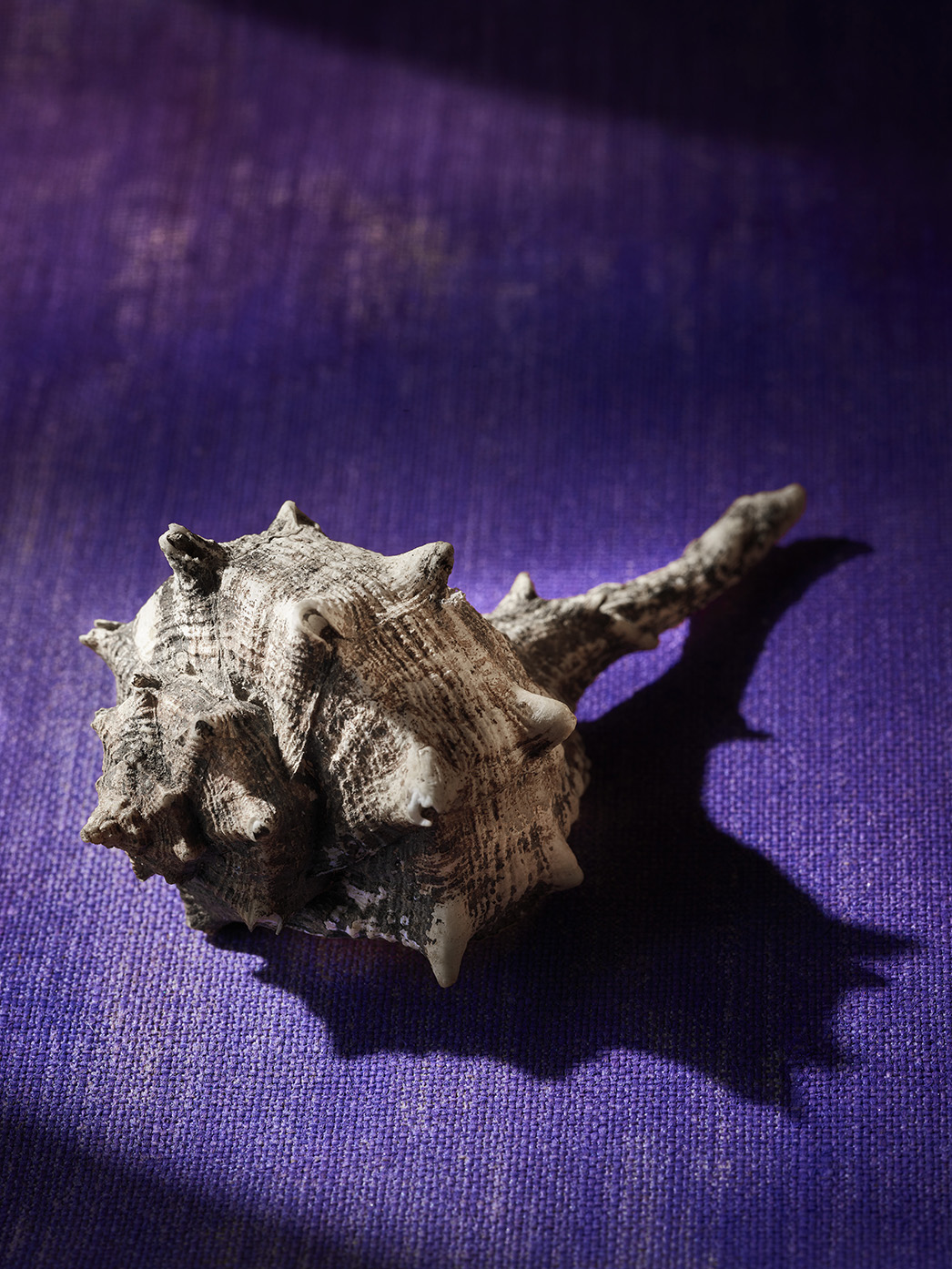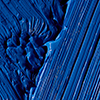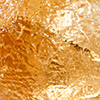Tyrian Purple dye

THIS PRESTIGIOUS PIGMENT COMES FROM A PREDATORY SEA SNAIL.
Tyrian purple is extracted from Bolinus brandaris, a mollusc native to the ancient Phoenician city of Tyre (Phoenicia means ‘land of purple’) in what is now Lebanon. The production of Tyrian purple goes back at least 3500 years and Greek legends tell us it was discovered by Hercules, who, on seeing his dog’s purple-stained mouth, realised the colour came from the snail the dog had just chewed.
Each snail yielded just one drop of dye. A single ounce required the sacrifice of around 250,000 snails. During the height of its production in the Roman Empire, the putrid stench of millions of decomposing snails meant its manufacture was banished to the edge of town. The resulting piles of shells still litter the eastern shore of the Mediterranean.
Tyrian purple was strictly reserved for those of high rank.
In Imperial Rome, prohibitive rules became so severe that only the emperor could wear ‘the true purple’. Extreme penalties were imposed on those not sanctioned to own purple garments, including the loss of property, title and even life.
It is believed that tekhelet, the blue dye used to colour Tallit prayer shawls came from a similar source and had the same method of production. However, the recipe was lost with the fall of Jerusalem in 70 CE.
The method of preparing Tyrian purple was also lost to Western civilisation after the fall of Constantinople during the Crusades of 1204. It wasn’t rediscovered until 1998




